Maxillary sinus - endoscopic surgery on the maxillary sinus

specialists

equipment

treatment
Contraindications

There are relative contraindications to the operation. These include:
- Exacerbation of chronic diseases of internal organs (in the active phase of such diseases, surgical intervention can provoke a worsening of the situation)
- Pregnancy. There is a risk to fetal development
- Systemic blood diseases in the stage of decompensation. When the disease is not controlled, surgery can worsen the condition
- Acute infectious diseases. The presence of an active infection increases the risk of developing postoperative complications
No intervention is carried out against the background of problems with blood clotting. This is because such disorders lead to serious bleeding during and after surgery.
Indications for maxillary sinusotomy
Sinusrotomy is often performed against the background of the development of a parietal-hyperplastic form of sinusitis. With this pathology, due to inflammation and tissue proliferation, thickening of the sinus wall is observed.
Another indication for surgery is a fungal body in the sinus. This complication occurs after long-term antibiotic therapy or in the presence of a foreign body inside.
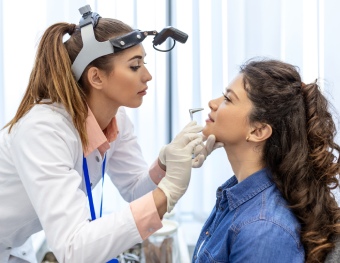
Other indications:
- Polypous-purulent form of sinusitis It is characterized by the formation of polyps in the sinuses against the background of purulent inflammation
- Irreversible changes in the sinus (including destruction of the bone wall) The bone structure of the sinus is destroyed. This usually occurs against the background of prolonged inflammation
- Frequent exacerbations of chronic sinusitis We are talking about regular (more than 2-3 times a year) relapses
Types of maxillary sinusotomy
Depending on the patient’s condition and the specifics of the disease, various types of maxillary sinusotomy are used. Most often, clinics use 3 approaches.
Radical maxillary sinusotomy according to Caldwell-Luke
This is a highly effective surgical procedure designed to treat complex diseases of the maxillary sinuses. During the operation, neoplasms, foreign bodies and other pathological elements are removed through a specially created hole made under the upper lip, above the upper teeth.
The purpose of the intervention is to cleanse the sinus from pathological formations. This helps prevent the development of serious complications.
Main stages of the operation:
- Anesthesia. The patient is given mild sleeping pills, after which he falls asleep. Throughout the operation, the anesthesiologist carefully monitors his pulse and saturation
- Surgical intervention. Through a hole with a diameter of 10-15 mm, made above the 3-5 upper tooth, the surgeon gains access to the sinus. Using micro-instruments, he removes pathological contents, carries out antiseptic treatment and applies sutures
After the operation is completed, the anesthesiologist stops administering sleeping pills and the patient gradually wakes up. He is then transferred to a comfortable day hospital room, where he remains under close supervision for 2-3 hours.
Microsinusrotomy
Microsinusotomy is a minimally invasive surgical method for treating diseases of the maxillary sinuses. This method allows you to carefully remove cysts, polyps and foreign bodies.
Main stages of the operation:
- Anesthesia. The anesthesiologist puts the patient to sleep using sedatives and monitors his condition throughout the procedure
- Surgical intervention. Through a small hole (up to 5 mm) made in the anterior wall of the maxillary sinus above the 4th or 5th tooth, the specialist inserts special micro-instruments. With their help, he removes pathological inclusions. Then the doctor rinses the sinuses with antiseptics and stitches
- Postoperative control. After the operation is completed, a computed tomography scan is performed. This is required to evaluate the results of the intervention
Recovery after microsinusrotomy usually takes up to one month. Thanks to the use of ultrasound equipment, which minimizes trauma, the main unpleasant symptoms after surgery are only slight swelling and mild soreness of the cheek. They disappear on their own.
After 1-2 weeks, the specialist removes the sutures and performs a re-diagnosis to monitor the healing process.
Endonasal protocol
This is a gentle method of treating sinusitis - its use allows you to avoid radical surgery.
The endonasal protocol helps relieve inflammation, as well as remove cysts, polyps and foreign objects. Thanks to this, normal breathing through the nose is restored after the endoscopic procedure. The procedure is microsurgical and is performed through the nose using an endoscope - a thin flexible tube with a video camera.
Main stages of the intervention:
- Anesthesia. Light sedation is used (the patient is administered safe short-acting drugs)
- Operation. The endoscope is inserted through the nasal passage, with its help tumors and foreign bodies are removed, and the sinuses are cleansed. The process is controlled by a doctor via video on a monitor. The procedure lasts from 20 to 30 minutes
- Postoperative control. At the end of the procedure, an x-ray is taken to check the results
Recovery takes 1 to 2 weeks. The tissues heal completely within a month. 1-2 weeks after the operation, a repeat x-ray is taken - this allows you to evaluate the outcome of the procedure.
Advantages of maxillary sinusotomy at the K+31 center
You can undergo a surgical sinusotomy at the K+31 clinic. We offer comfortable conditions for your stay and recovery after surgery.
In addition, our patients can count on qualified assistance and support at all stages of treatment and rehabilitation.
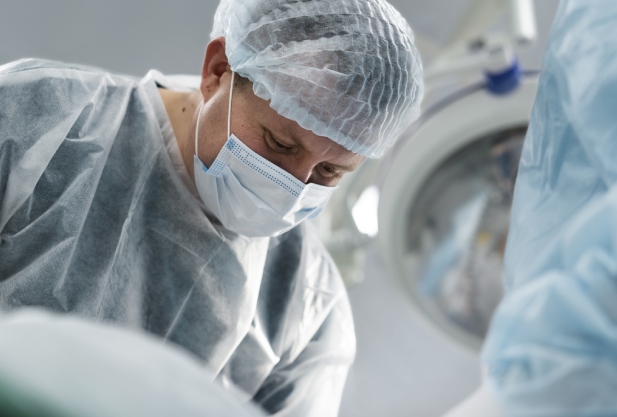
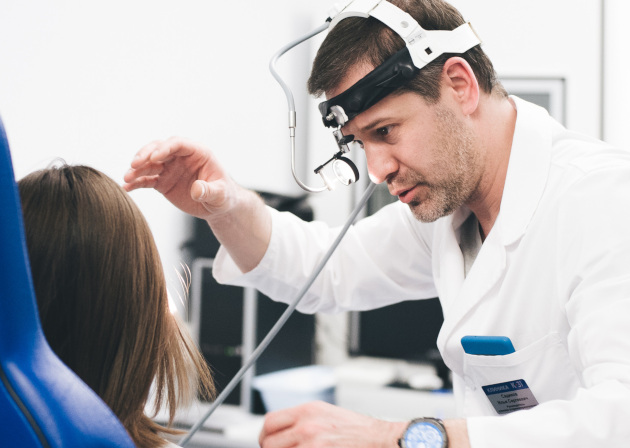
How is an appointment with an otolaryngologist at K+31?
Our doctors

This award is given to clinics with the highest ratings according to user ratings, a large number of requests from this site, and in the absence of critical violations.

This award is given to clinics with the highest ratings according to user ratings. It means that the place is known, loved, and definitely worth visiting.

The ProDoctors portal collected 500 thousand reviews, compiled a rating of doctors based on them and awarded the best. We are proud that our doctors are among those awarded.
Make an appointment at a convenient time on the nearest date
Price


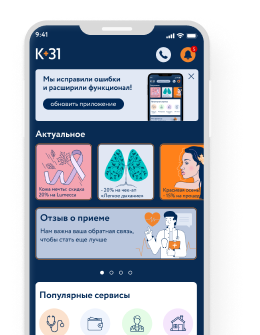




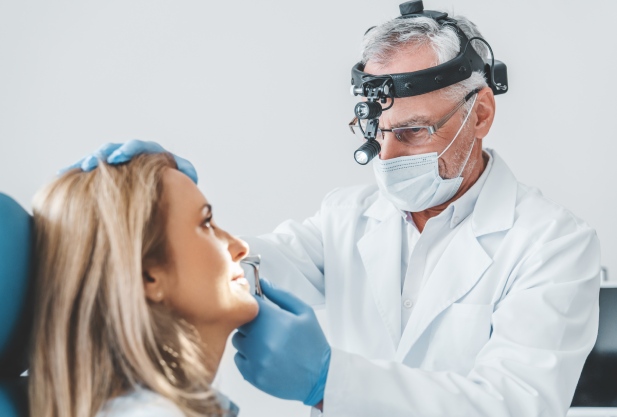
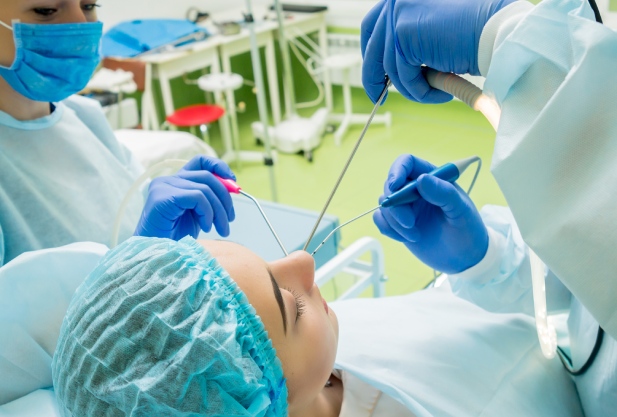
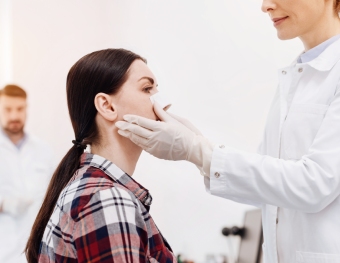

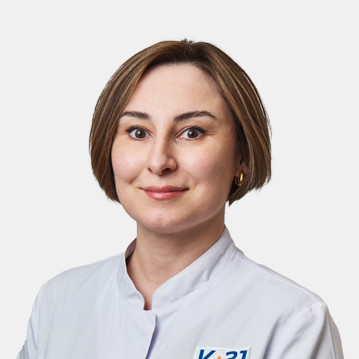
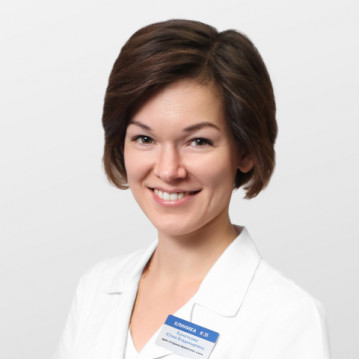

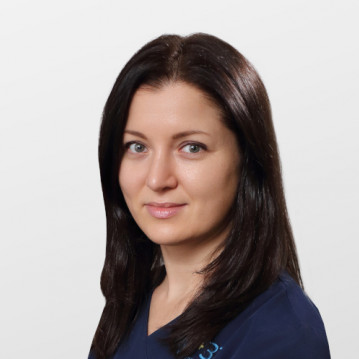
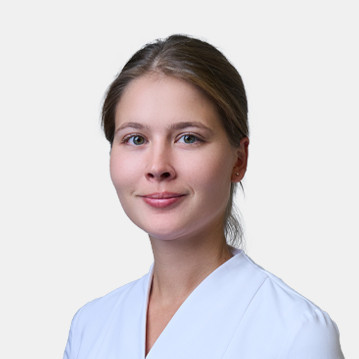
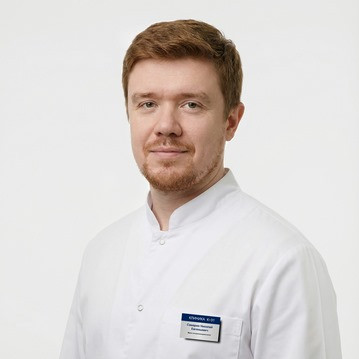
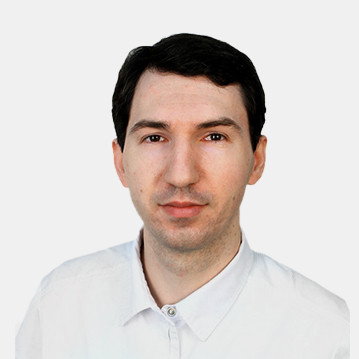
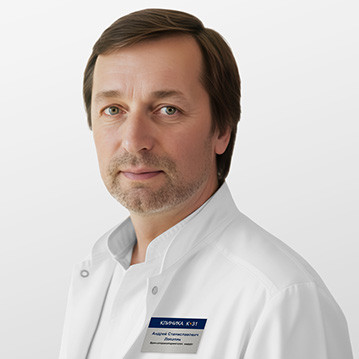
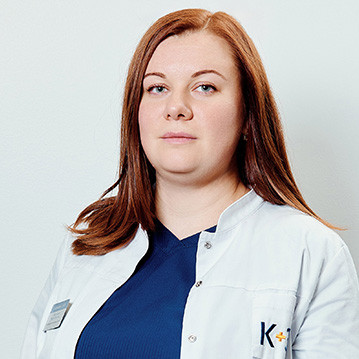
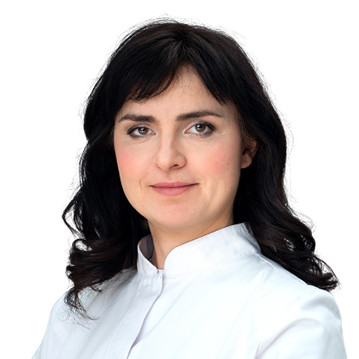
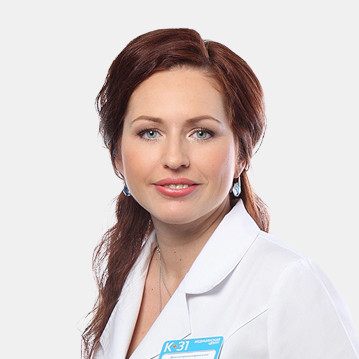
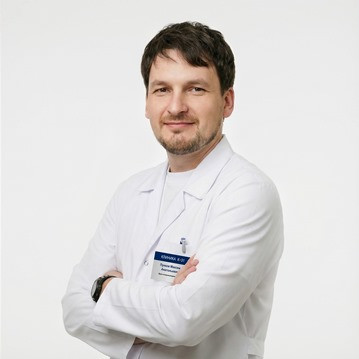
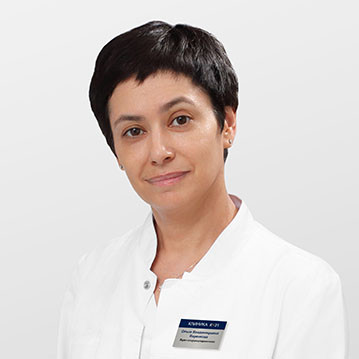
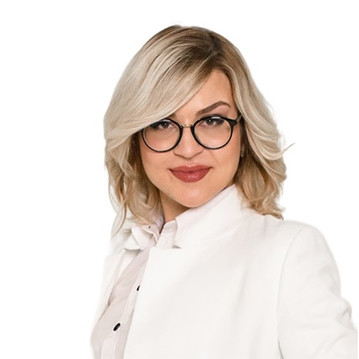
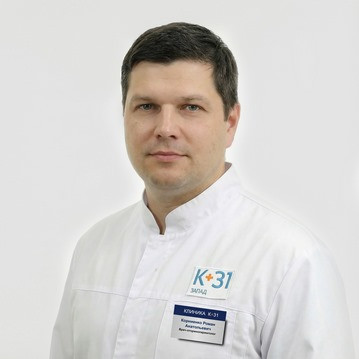
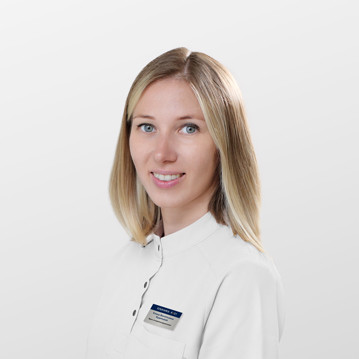
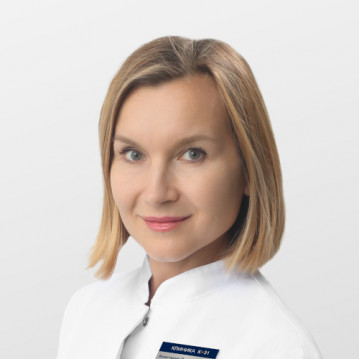
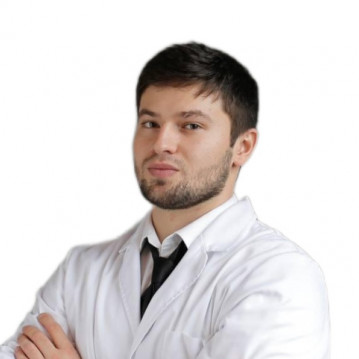

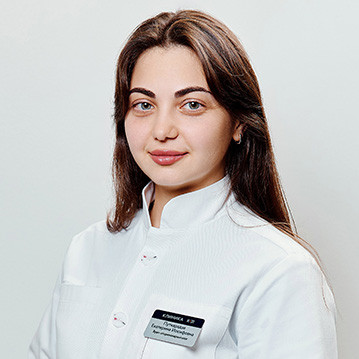
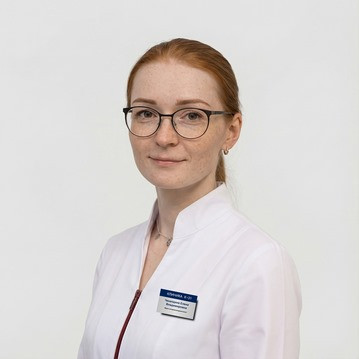
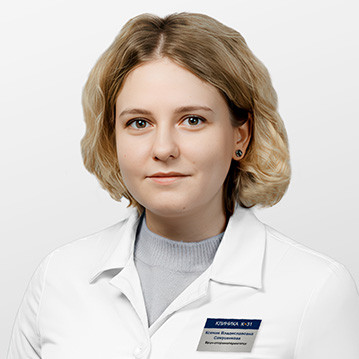
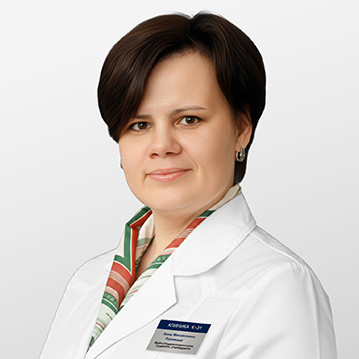

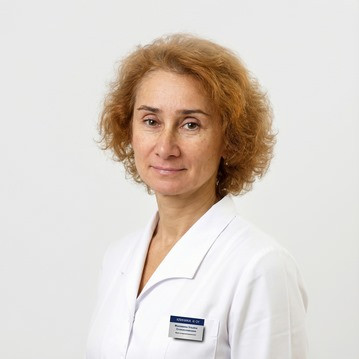







What is a maxillary sinusotomy?
Maxillary sinusotomy is prescribed when the disease progresses, and conservative treatment methods (for example, nasal lavage) no longer help.
During the operation, the surgeon cuts out enlarged areas of the mucous membrane and creates conditions for normal drainage of fluid through the nasal passages.